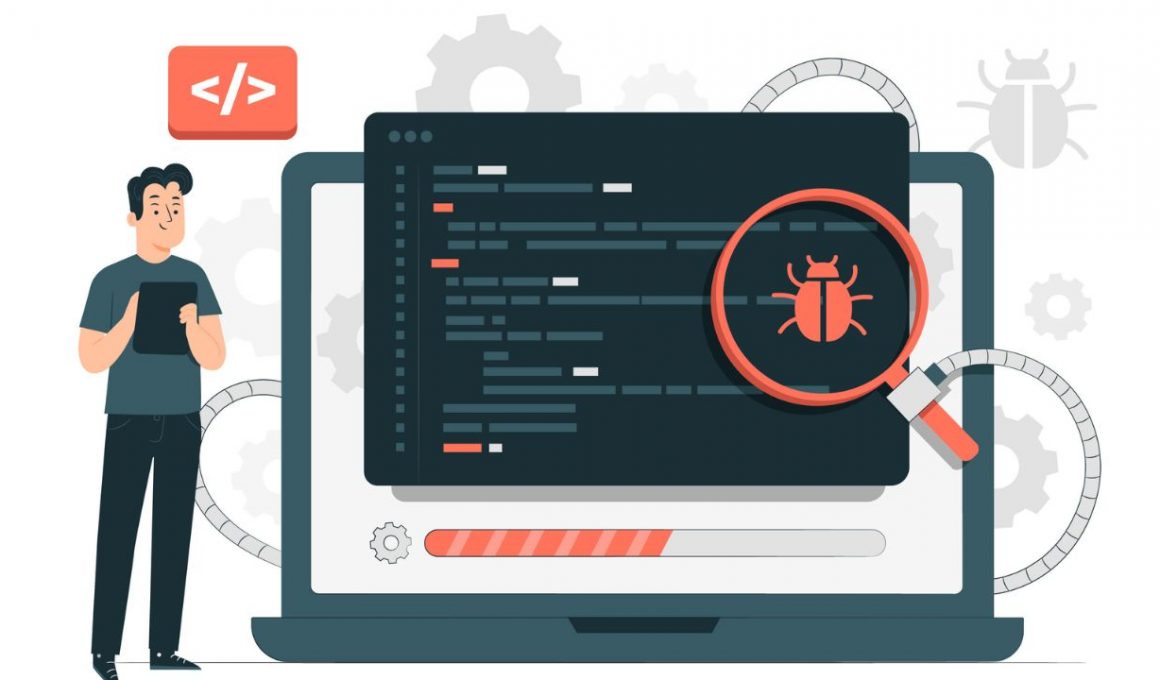Manual testing, the process of manually examining software for bugs, has been an integral part of the software development cycle for decades. With the rise of automation and the growing popularity of automated testing, however, a few have started to question the utility and efficacy of manual testing. Does this mean that manual testing is, then, dead?
Passenger aircrafts fly on autopilot most of the time; does this mean “humans flying planes is dead?”
Manual Testing vs. Automated Testing

As one might understand, manual testing involves manually testing a mobile application or website.
If you wanted to evaluate the functionality of an iOS app’s login feature, you might pick up your iPhone, open the relevant app, choose the Login icon, enter your password and email address using the keypad, and then touch to continue. Then, you would know if you’ve successfully logged in.
Automated testing requires writing code to generate test scripts capable of performing the aforementioned tasks automatically and offering a defect report. These are algorithms that can be executed with a single click.
To conduct automated testing, you usually require programming skills, such as Java knowledge (which will allow you to compose the test script code). More skilled automated testers may even be designated SDETs or software development engineers in testing.
- Test automation is the preferred mode of testing when one assesses repetitive, lengthy – and times tedious – evaluation use cases.
- Manual testing is the best option when automated testing cannot precisely simulate how a human might interact with an app or program.
Is Manual Testing Dead?
Automated testing lends stability to the quality assurance process. It can alert the team immediately of unexpected errors and save an enormous amount of time (and monotonous work!) with regression testing.
Having a robust automation architecture in place is, without a doubt, extraordinarily advantageous. However, QA testers and organizations must be encouraged not to disregard the significance of manual testing for several reasons.
Why is Manual Testing Necessary?

Manual testing, despite its bad rep, is needed for the following reasons:
1. Automation is not always feasible
Manual testing is necessary as 100% automation is not possible. Manual testing also covers the act of generating test data for test execution. Currently, automated testing can’t handle captcha or two-step verification and the like, and it can only check and not explore.
2. Automated tests can overlook unusual errors
In automated testing, the functionality and behavior of the process at hand are examined using preset workflows. Due to the lack of customization, minor faults may go undetected despite the fact that the whole process is faster. Manual testing offers a further level of defense against such issues.
3. Great UX relies on human testers
Remember, a machine can never perfectly imitate human behavior. Therefore, testers have to mimic user behavior and evaluate software based on the demands of end users. Manual testing is essential for the best UX. This advanced degree of user experience evaluation can’t be automated unless you can build a futuristic, sci-fi-level (and expensive) AI tool!
4. The cost does not always make sense
Automation mandates substantial investments and planning in advance. These conditions are not feasible for short-term projects. In contrast, manual testing is suitable for short-term undertakings due to its reduced cost and adaptability to changing specifications.
From Manual Testing to Exploratory Testing
When testing specific use cases, our QA teams routinely discover flaws they weren’t searching for. In certain instances, manual testers discover more defects in a given iteration. Automated testing can only identify what it has been programmed to detect.
This is because manual testing, or exploratory testing, is founded on a human approach to uncovering usability issues.
Manual testers have the freedom to go even further. They can interact/work independently to investigate sections not addressed by automation. It requires a bit of common sense to recognize when something is amiss, and it is this human connection, interaction, and intuition that renders testing the most effective.
Conclusion

In the digital era, the word “manual” has received a bad rep – as inefficient, time-consuming, and error-prone. However, the term simply refers to testing done by human beings, which can also be limitless, outside-the-box, and groundbreaking. That is why the term exploratory testing is more accurate, as it refers to the complete process of testing:
Testing = Learning + Discovery + Setup + Experiment Design + Running Tests + Observing + Inferring + Conjecturing + Reporting + Influencing + Unlearning
Its an organic, adaptable approach and revolutionizes your testing efforts. Click here to explore our tailored solutions or schedule a call with our experts to unlock the true potential of exploratory testing and see why it’s the cornerstone of efficient, agile software testing practices.
“Manual testing is dead,” long live exploratory testing!
2